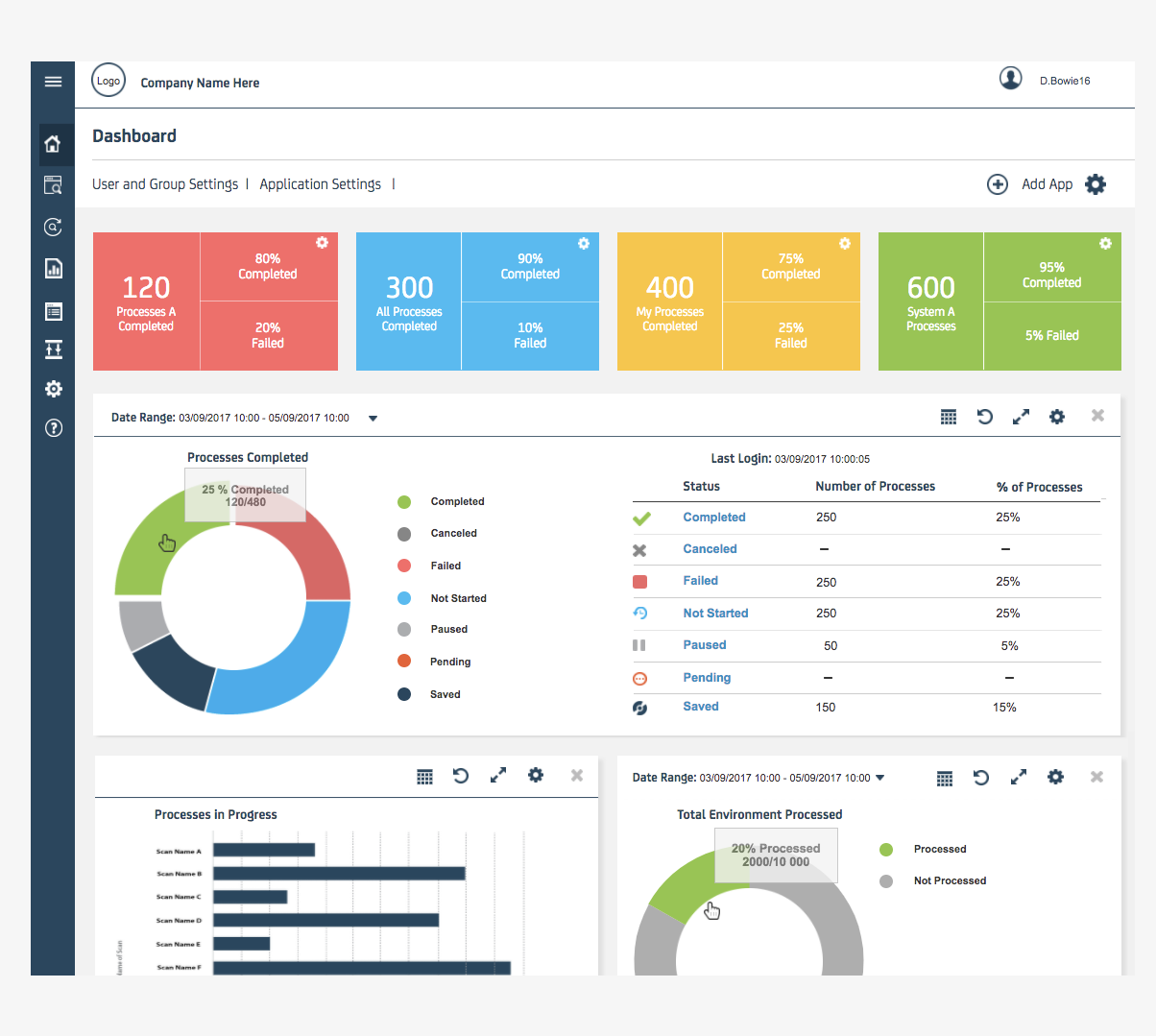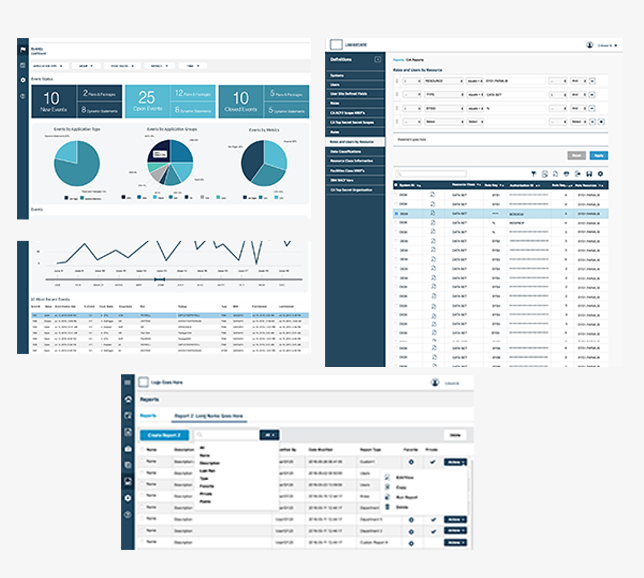COLLABORATION, DESIGN THINKING AND USER CENTRICITY
My most valuable takeaway from this position was the ability to collaborate effectively with engineers, UX architects, and UX researchers to devise innovative solutions to user problems. Our approach, grounded in Design Thinking, emphasized identifying real user pain points and exploring a range of potential solutions. Analytical and critical thinking, coupled with empathy for the user and insights from UX research, were crucial factors in our success. Additionally, gaining experience working in an enterprise environment using agile development methodologies proved to be a valuable experience.






